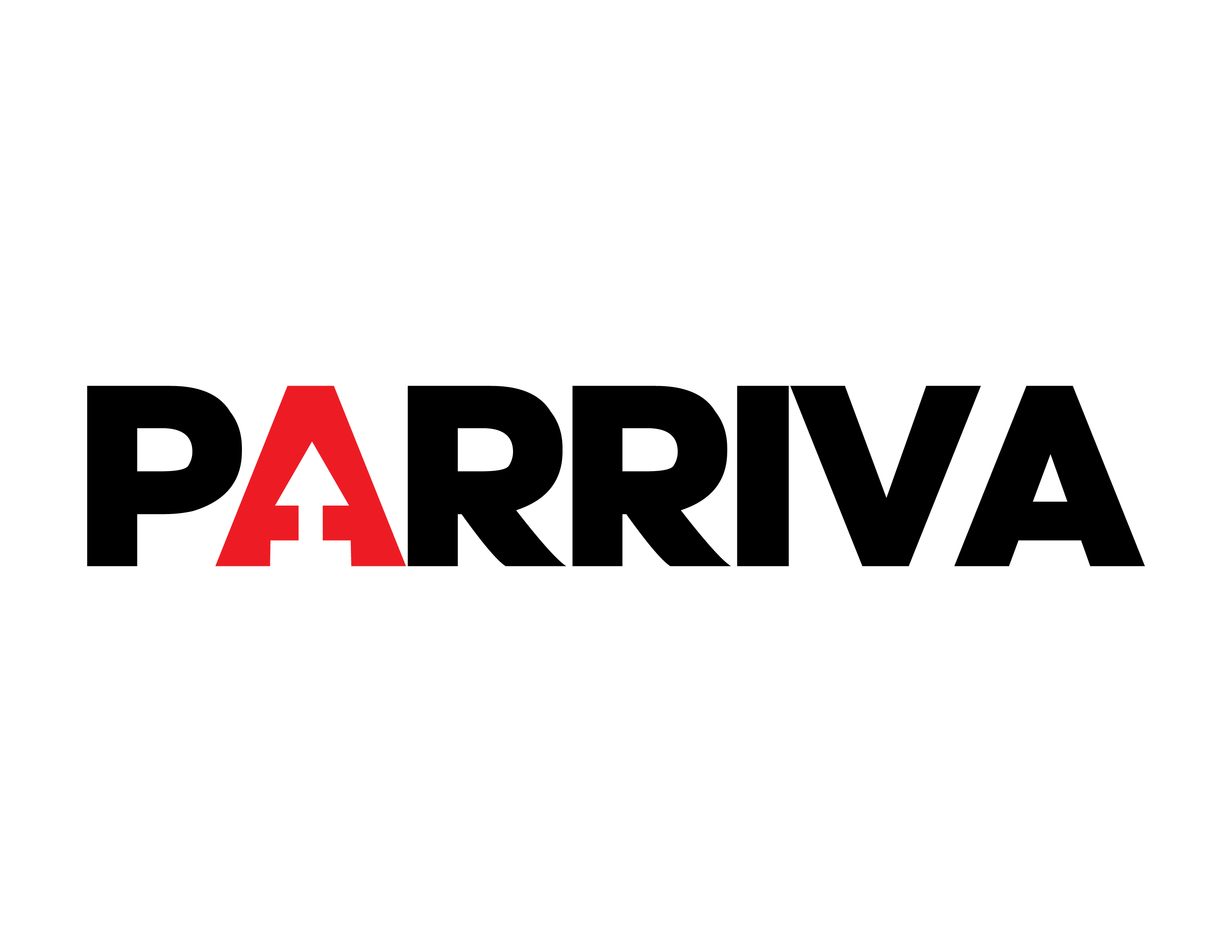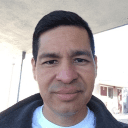“For students that are coming from a background where parents are living paycheck to paycheck, that’s the difference where they can stay in college or not come back,” said Villareal Rodriguez.
Becoming a doctor requires dedication, hard work, and resilience. On the way to working at a hospital or clinic, future physicians must first complete a bachelor’s degree, take and pass the Medical College Admission Test (MCAT). Then comes medical school and a residency program. It’s a process that can take up to 10 years, depending on the chosen especialty. It is also an expensive endeavor that can be offset with scholarships and loans.
Not everyone can surmount these academic, financial, and challenges and, unfortunately, among them are Latinos, which have a very low representation in the medical field.
Despite making up 39 percent of California’s population, only six percent of practicing physicians and eight percent of medical school graduates in the state are Latino.
“There is a huge gap,” says Maite Villareal Rodriguez, Director of Office of Diversity and Inclusion at Keck School of Medicine of USC.
That gap also extends to gender; Latinas are more commonly represented in medical school (and college in general) than Latinos.
Obstacles
The reasons for this lack of representation in medical school are varied. Part of it is lack of access to educational opportunities and resources compared to affluent students who can take advance couses and use private tutors, less exposure to relatives or people in their communities pursuing medical degrees who can serve as guides and inspiration to them, and financial resources.
Even what may seem as “small” economic barriers can sometimes become unsurmountable obstacles.
For example, Villareal Rodriguez teaches a class at USC for first year pre-med students from underrepresented backgrounds.
Recently, one of those students who had received a “very generous” financial package from USC, had to fulfill a $1,000 oustanding balance.
“For students that are coming from a background where parents are living paycheck to paycheck, that’s the difference where they can stay in college or not come back,” said Villareal Rodriguez, who went with her to a financial aid appointment at USC where they found a solution to this problem.
“That is a juncture where you can lose a student and they don’t come back,” she says. “She’s going to stay and she can go on to become an amazing physician.
“We have to intervene in those critical moments to fulfill their dreams and potential,” she adds.
Easing the path forward
These types of incidents are not uncommon and that’s when Villareal Rodriguez intervenes as part of her efforts to reduce the gap of underrepresented students in medical school.
Keck School of Medicine of USC—where 23 percent of their medical students come from underrepresented groups—has several programs extending all the way to elementary school to ease the path to medical school for them.
“We want to have our student population resemble the population in the state,” she said.
The work begins with exposing students very young to those opportunities.
“There is an implicit barrier to becoming a doctor and serve in their communities,” she says. “The barrier is getting to medical school. Once they’re there, they’re competent and can keep up and thrive and continue to become doctors.”
Med-Core is a program for 300 LAUSD (Los Angeles Unified School District) high school students who visit USC on Saturdays to receive academic support and exposure to the health fields. College students from similar backgrounds serve as tutors and physicians also come to talk to them to serve as inspiration.
“It normalizes that experience that a college campus is within reach,” Villareal Rodriguez says.
In 54 years of existence, the program has led to many of those students becoming practicing physicians.
There’s also the Hippocrates Circle program for middle schoolers where they get exposure to labs at the Keck School of Medicine campus. They receive instruction on anatomy and dissection work that opens this medical world to them.
And there’s also Educación Primero where members of the Latino Medical School Association visit elementary schools to help children run science experiments.
Helping the community
The exposure also has to do with partnering with community organizations like Clínica Romero, where USC doctor interns offer their services to the patients.
The partnership works in two ways: it helps the USC doctor interns hone in their medical skills in a real setting and patients get the quality of care they deserve.
This year, 14 first-year medical students from USC are serving as volunteers at Clínica Romero. They help with three of the programs the Clinic offers: street medicine, where once a week they offer vaccines, tests and other medical services to homeless individuals, with Power of Hope where they provide hot meals and offer showers to homeless, and they’re also part of the HIV program where they administer medication, and provide prevention and education services.
Joaquin Alvarado, Director of Workforce Development for Clínica Romero, who was the one that sought this partnership with USC ealier this year, says the alliance is a “win” for all involved.
First-year USC medical students need to complete 15 hours of community service and this allows them to do it in a real-world medical setting, and in an organization that offers a myriad of different programs, which “aligns very well with a medical student who is still exploring what they want to do,” Alvarado says.
“This allows them to get their feet wet in any department,” he adds.
And at the same time, “we (the Clinic) has extra hands to help us do the work we do for the community.”
It also brings Latino doctors back to their communities.
“There is a certain dignity that comes when someone from your community can go on to serve on that community,” says Villareal Rodriguez.
While doctors of any background and ethnicity can provide quality care to a patient, sharing the patient’s culture and language gives a bonus to understanding what course of treatment best suits them.
“It should not be that you will never or rarely see a doctor who understands the cultural nuances, nutrition, our home environment,” says Villareal Rodriguez. “It makes a difference to share those backgrounds.”
She notes that becoming a doctor may not be something for everyone, but opening doors to this possibility is her mission and something that should be an option to anyone willing to pursue it.
“We’re missing out on so many amazing contributors to the field of health when we don’t open up those doors to students,” she says.
That’s why she works hard to keep those doors open for them.
Zul Surani: Medical trials, the path to new medications and treatments

